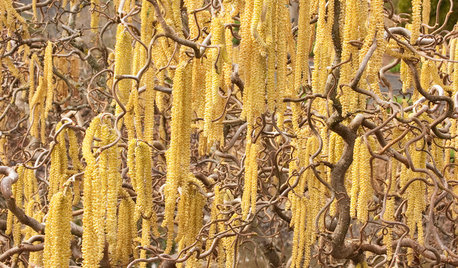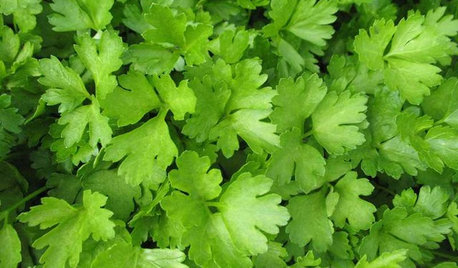yellow leaf curl virus
coolbythecoast
16 years ago
Related Stories

GARDENING GUIDESGreat Design Plant: Harry Lauder's Walking Stick
"Gnarly" is a compliment here — a twisted form and yellow catkins make this plant unforgettable in the winter landscape
Full Story
EDIBLE GARDENSHerb Garden Essentials: Grow Your Own Parsley
Mere garnish no more, parsley comes in flavorful and interesting varieties to decorate the garden and jazz up your cooking
Full Story0

EDIBLE GARDENSSummer Crops: How to Grow Tomatoes
Plant tomato seedlings in spring for one of the best tastes of summer, fresh from your backyard
Full Story
HOUSEKEEPINGTo-Dos: Your September Home Checklist
Boost the comforts of home for fall with a few of these ideas for stocking up and staying cozy
Full Story
EDIBLE GARDENSHow to Grow Your Own Peaches and Nectarines
Make gardening a little sweeter with these juicy fruits, which you can eat after plucking or preserve for later
Full Story
EDIBLE GARDENSGrow Plum Hybrids for Your Favorite Fruit Flavors
Plums are cozying up with apricots, peaches and even cherries — here’s how to grow these hybrids for the best aspects of each
Full Story
COLORSet the Mood: 4 Colors for a Cozy Bedroom
Look to warm hues for that snuggle-friendly feeling
Full Story
HOUSEPLANTS8 Essentials for Healthy Indoor Plants
Houseplants add so much to our homes — and can thrive when grown in the right conditions. Keep these tips in mind
Full Story
TREES11 Japanese Maples for Breathtaking Color and Form
With such a wide range to choose from, there’s a beautiful Japanese maple to suit almost any setting
Full Story
FALL GARDENINGHouzz Call: Show Us Your Fall Color!
Post pictures of your fall landscape — plants, leaves, wildlife — in the Comments section. Your photo could appear in an upcoming article
Full Story


carolyn137
coolbythecoastOriginal Author
Related Discussions
Tomatoes,TYLC virus and cotton
Q
FYI - Tomato Yellow Leaf-Curl Virus
Q
Yellow Leaf Curl Prevention?
Q
Yellowing plant leaves
Q
carolyn137
jean001
digdirt2
coolbythecoastOriginal Author
jean001
jean001
coolbythecoastOriginal Author
jean001
naplesgardener
coolbythecoastOriginal Author
rexx
rexx
rexx
coolbythecoastOriginal Author
rexx
coolbythecoastOriginal Author
jmsimpson9
jmsimpson9